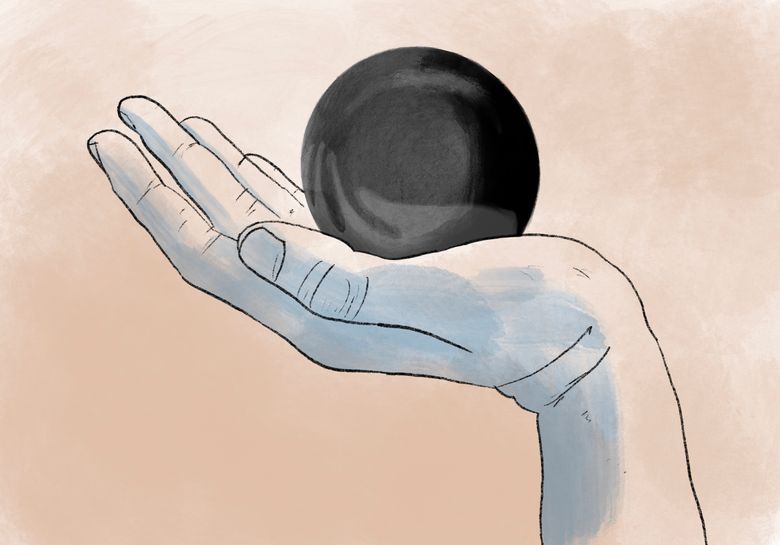Recently, I’ve been fascinated with Nick Bostrom’s idea of the “vulnerable world”. In his paper “The Vulnerable World Hypothesis”, he invites us to consider future inventions and their ability to destroy the world.

Nick Bostrom imagines an “urn of possible inventions”. In the urn are many balls, each one represents a discovery or invention. Pure-white balls are the entirely beneficial technologies—vaccines, for example, might be a white ball invention. But most balls pulled out of the urn are various shades of grey. For instance, harnessing the nuclear fission reaction has both good and bad applications.
Humankind is predisposed to pull out these balls at an ever-increasing rate. And, once we’ve pulled them out, there’s no way to put the balls back. So what if there’s a black ball in the urn? A technology that’s so entirely negative that its invention leads to the inevitable destruction of the world.
At first glance, this seems absurd. But Bostrom presents a thought experiment to demonstrate why the world could indeed be vulnerable. Accessing the energy stored in atoms is difficult. It takes lots of rare plutonium or enriched uranium to produce a nuclear reaction, not something an average person could do. But suppose it turned out not to be that difficult? Once someone had the idea and it was in the public domain, anyone could make a nuclear bomb with a minimum of time and effort.
An “easy nuke” is an example of a black ball: A discovery that’s extraordinarily destructive and remarkably easy to execute. Once that type of approach was out of the urn, it couldn’t be put back and would inevitably lead to annihilation.
I’d highly recommend reading Nick Bostrom’s paper The Vulnerable World Hypothesis. It’s equal parts fascinating and chilling.